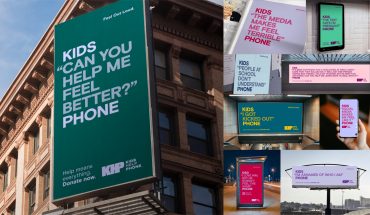The digital classroom has certainly been a pervasive change for students in Canada throughout the pandemic. From the youngest of students to those in college or university, distance learning continues to rely heavily on the digital landscape, but at what risks?

Jean Treadwell
Jean Treadwell, Senior Director of Business and Marketing Operations and Ontario Site Leader with McAfee, shared with me the importance of keeping aware and vigilant regarding the safeguarding of student privacy, especially as households continue to deal with remote learning.
“What I have seen is an increase in more awareness of the potential risks as we all have adjusted to a new digital-first lifestyle,” began Treadwell. “I have seen the increase in more students and parents thinking twice about connectivity points for their devices and what activities they are doing on different devices.”
“There are also more conversations within families of online security and the importance of protecting your digital wellness,” said Treadwell. “Just like diet and exercise lead to improved physical health,” explained Treadwell, “an active role in our digital wellness, and a change in mindset and behaviours is a requirement of the digital age, [and] leads to better digital outcomes which improve our quality of life.”
It is important for families to check out the technologies being used by their children, and to ensure that student data and privacy is secure.
Stated Treadwell, “Many learning platforms treat student data as consumer data, raising more red flags regarding student data privacy and compliance.” It is unfortunate that, “Online learning has also garnered the attention of cybercriminals looking to exploit student data, resulting in online bullying, identity theft, and more,” said Treadwell.
Protecting Students
“Personal data is best kept secure through actions taken by the student and their parents,” added Treadwell. “Taking simple steps – like double checking the sender of an email before you click on a link and connecting to a VPN before you conduct any financial transaction online can help protect yourself and your loved one’s personal information.” Cautioned Treadwell, “Hackers want to go where the money is – and your identity and personal information is invaluable.”
“Parents can take proper precautions by discussing the importance of privacy with their children. Keeping learning platforms up to date and monitoring their children to prevent them from downloading suspicious apps or straying to unknown websites are all ways to ensure safer remote learning environments.
With students and families in mind, Treadwell offered four “top tips to bring … peace of mind while navigating distance learning.”
- Use a dedicated device for remote learning software – If your student is required to use a certain type of software while distance learning, have them use this technology on a device strictly used for educational purposes. If the software contains any bugs, this prevents other important accounts used for online banking, emails, remote work, etc. from becoming vulnerable to the software risks.
- Use a webcam cover – A simple yet affective way to prevent hackers from spying on you and your family is to use a webcam cover for when class is not in session. Instruct your student to place a cover over their camera when they are not using it to bring you and your student greater peace of mind.
- Keep an open line of communication with your student’s school – Educators want to keep their students’ best interest and safety in mind, so talk to your child’s teacher or principal if you ever have concerns regarding the software they are using for distance learning.
- Use security software – To protect your students from a number of threats, utilize a comprehensive security solution will help defend your entire family from the latest threats and malware while providing safe web browsing.
Related: Distance Learning



